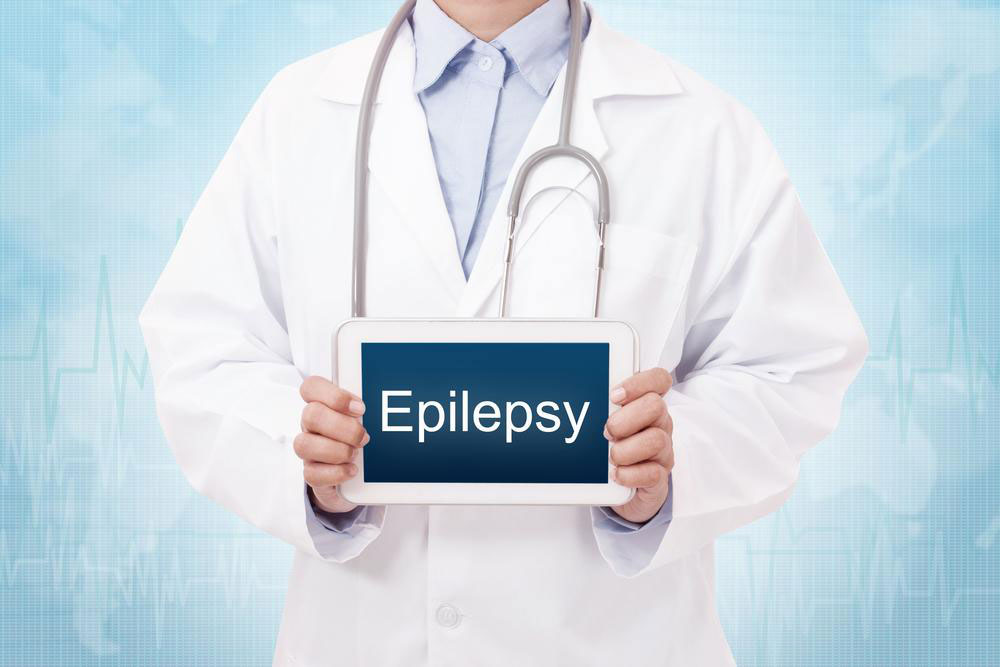Comprehensive Guide to Epilepsy: Identifying Seizure Symptoms and Types for Better Management
This comprehensive article explores epilepsy, detailing its symptoms, seizure types—including focal and generalized episodes—and emphasizing the importance of early recognition for effective treatment. Understanding these signs can improve patient outcomes and aid in accurate diagnosis, ensuring timely medical intervention for those affected by this complex neurological disorder.

Understanding Epilepsy: Recognizing Seizure Symptoms and Types
Epilepsy is a complex neurological disorder that affects millions worldwide. Often referred to as a seizure disorder, epilepsy's primary feature is recurrent seizures caused by abnormal electrical activity in the brain. Despite its prevalence, many individuals remain unaware of how to identify the early symptoms of seizures, which is critical for timely diagnosis and effective management. Early detection can significantly improve outcomes, minimize complications, and enhance the quality of life for those affected.
What is Epilepsy?
Epilepsy is a neurological condition characterized by abnormal electrical discharges in the brain, leading to seizures. These seizures are unpredictable and can vary widely in severity and presentation. The disorder is diagnosed based on clinical history, neurological examination, and confirmatory tests such as EEG (electroencephalogram). Although epilepsy can develop at any age, it is most common in childhood and older adults, with numerous potential causes ranging from genetic factors to brain injuries or infections.
Understanding Seizures: The Core Symptoms
Seizures are the defining hallmark of epilepsy. They are sudden, involuntary episodes that temporarily impair the normal functioning of the brain and body. Recognizing what a seizure looks like is essential for patients, caregivers, and medical professionals alike. Seizures can manifest in various forms, depending on their type and the affected brain regions.
Types of Seizures and Their Characteristics
Focal Seizures (Partial Seizures)
Focal seizures originate in a specific part of the brain and tend to affect limited areas of the body. They are sometimes called partial seizures and are subdivided into simple partial seizures and complex partial seizures. Differentiating these two is crucial since their management strategies may differ.
Simple Partial Seizures
During simple partial seizures, individuals remain conscious and aware, but they might experience unusual sensations or movements. Common sensory symptoms include visual disturbances like flashing lights or visual field deficits, altered tastes, and tingling sensations. Motor signs may involve sudden jerking or twitching of limbs, known as focal motor seizures. Because consciousness is preserved, the person might be able to recall the event afterward, which aids in diagnosis.
Complex Partial Seizures
Complex partial seizures involve a loss or alteration of awareness. Patients may appear to stare blankly, fumbling with objects, or perform repetitive, purposeless movements such as lip smacking, chewing, or hand rubbing without realizing it. These seizures often last for 1-3 minutes and can be mistaken for daydreaming or confused behaviors. Recognizing these signs is vital since misdiagnosis can lead to ineffective treatment or worsening of the condition. Neuroimaging and EEG are often used for confirmation.
Generalized Seizures
Unlike focal seizures, generalized seizures involve both hemispheres of the brain simultaneously. They tend to produce more widespread and severe symptoms and include various subtypes, such as absence, tonic, atonic, myoclonic, and clonic seizures. Each type has distinctive features and implications for treatment.
Types of Generalized Seizures
Absence Seizures (Petit Mal)
Most commonly seen in children, absence seizures are brief episodes where the individual appears to stare into space, often without any warning. These episodes last only a few seconds but can occur many times a day. Notable signs include lip smacking, eye blinking, or slight twitching. Because of their subtle presentation, they are often mistaken for daydreaming, leading to underdiagnosis. Recognizing these signs early is crucial for intervention.
Tonic Seizures
This type features sudden muscle stiffening or rigidity, often causing the person to fall or jerk unexpectedly. The stiffening arises from increased muscle tone, which can be brief or last several seconds. Tonic seizures may involve the entire body or just part of it and are distinguished by the abrupt and sustained contraction of muscles.
Atonic Seizures (Drop Attacks)
Characterized by sudden loss of muscle tone, atonic seizures cause the individual to collapse or drop without warning. They are particularly dangerous for children because of the risk of injury during fall. Immediate medical assessment is necessary to determine the underlying cause and adapt management strategies.
Myoclonic Seizures
These involve brief, shock-like jerks of muscles, often affecting the limbs. Myoclonic seizures can occur singly or in clusters and are associated with disorders such as juvenile myoclonic epilepsy. They typically do not impair consciousness but can impact coordination and safety.
Clonic Seizures
In this form, rhythmic jerking affects muscles on the face, arms, or neck, often in repetitive cycles. Clonic seizures are usually part of generalized tonic-clonic episodes but can also occur independently. They are characterized by convulsive movements that can last from a few seconds to a minute.
Tonic-Clonic Seizures (Grand Mal)
These are the most severe and well-known seizures, involving a combination of tonic stiffening followed by clonic jerking. During tonic-clonic episodes, individuals lose consciousness and may experience biting of the tongue, incontinence, and a post-seizure period of confusion and fatigue. Recognizing these signs promptly is essential for immediate medical attention to prevent injuries and ensure proper treatment.
Early Detection and When to Seek Help
Identifying seizures early can dramatically influence treatment success. If you notice symptoms such as sudden jerking movements, staring spells, loss of awareness, or muscle stiffening, it’s crucial to consult with a healthcare professional. Emergency intervention is necessary if seizures last longer than five minutes, occur repeatedly without recovery, involve difficulty breathing, or result in injury.
Special Considerations
Patients with underlying health conditions such as diabetes, pregnant women, or individuals with prior brain injuries should seek tailored medical advice. Fast response, accurate diagnosis, and personalized treatment plans are vital to managing epilepsy effectively and minimizing risks.





